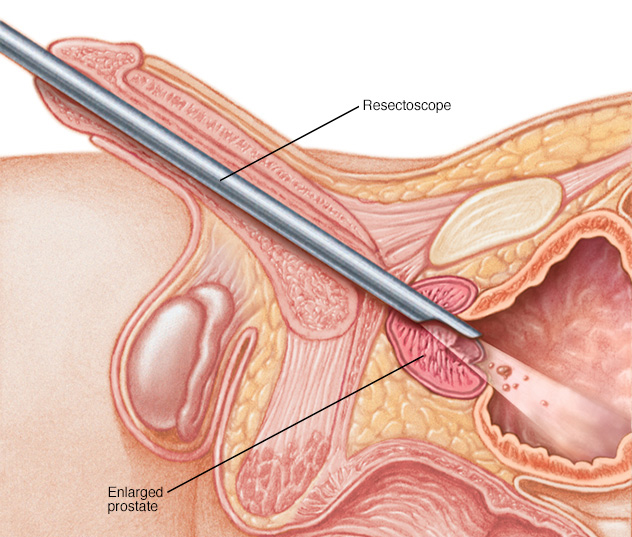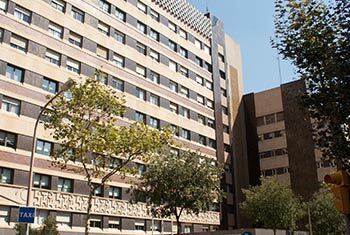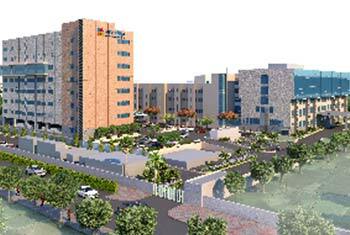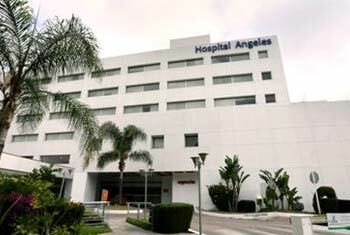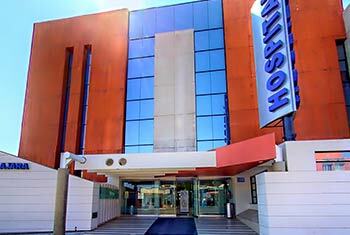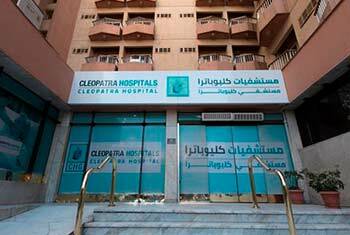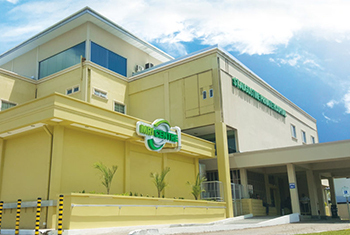TURP (Transurethral Resection of the Prostate) Details
TURP stands for (Transurethral resection of the prostate) is a surgical procedure done to alleviate symptoms caused by an enlarged prostate as a result of benign prostatic hyperplasia (BPH) or to treat complications associated with blocked urine flow. The procedure involves removing a portion of the prostate via the urethra.TURP is used most often for non-cancerous blockage, but may also be used in some cases of prostate cancer. It can be performed on men of any age suffering from urinary outflow obstruction caused by an enlarged prostate. Outcomes for this procedure are overwhelmingly positive, and the surgery is minimally invasive.
TURP is used most often for non-cancerous blockage, but may also be used in some cases of prostate cancer. It can be performed on men of any age suffering from urinary outflow obstruction caused by an enlarged prostate. Outcomes for this procedure are overwhelmingly positive and the surgery is minimally invasive. The patient is given mild dose of general anesthesia and require a short period of hospitalization for 3 to 4 days.
